Empodere As Mulheres!!
Empodere as mulheres!!
More Posts from Ritasakano and Others
Paisagens do Japão, estar aqui é muito bom!!

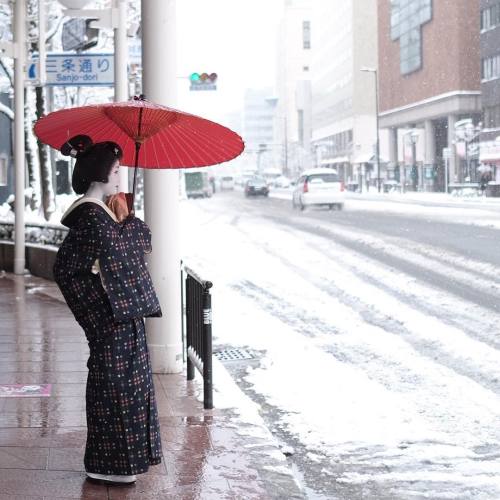





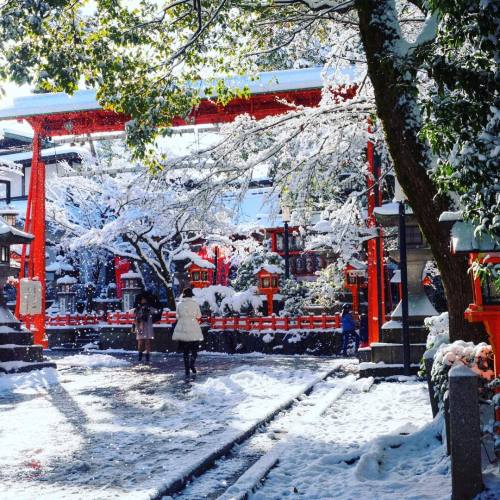


Heavy Snowfall in Kyoto Turns the City Into a Beautiful Winter Wonderland
👏
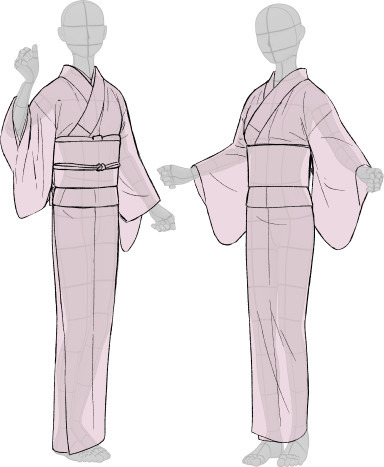
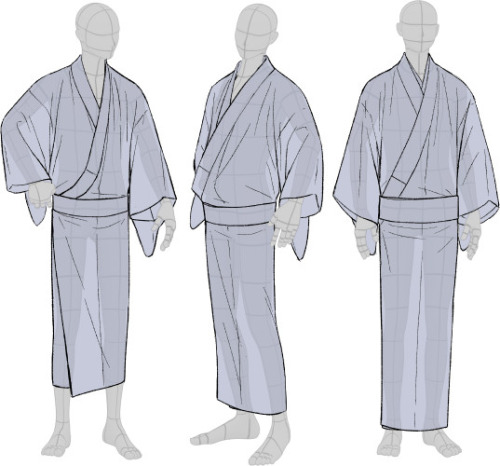
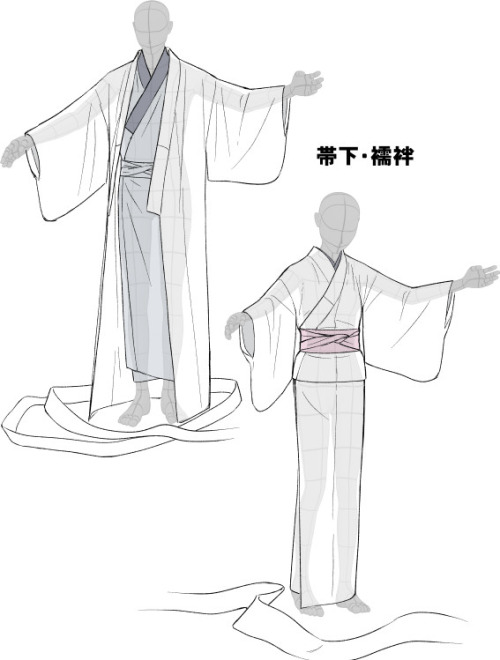
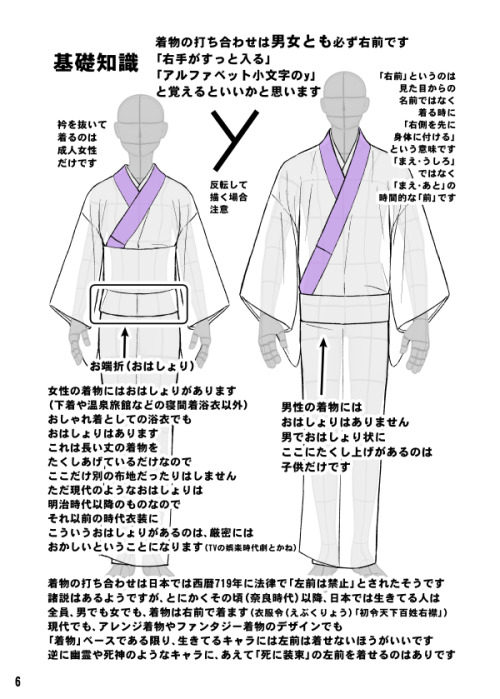
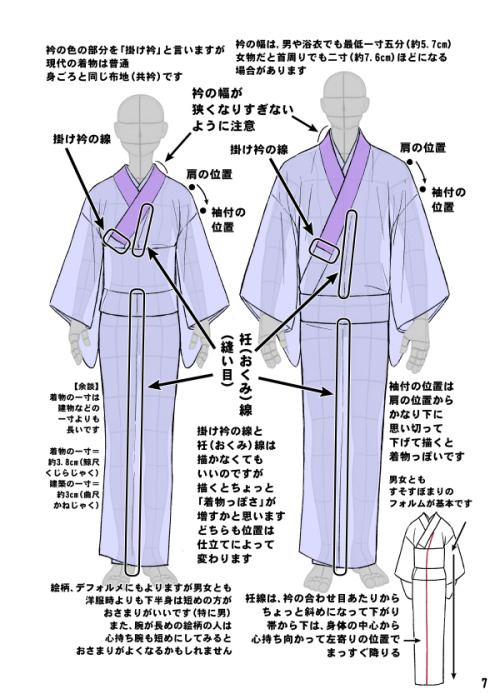
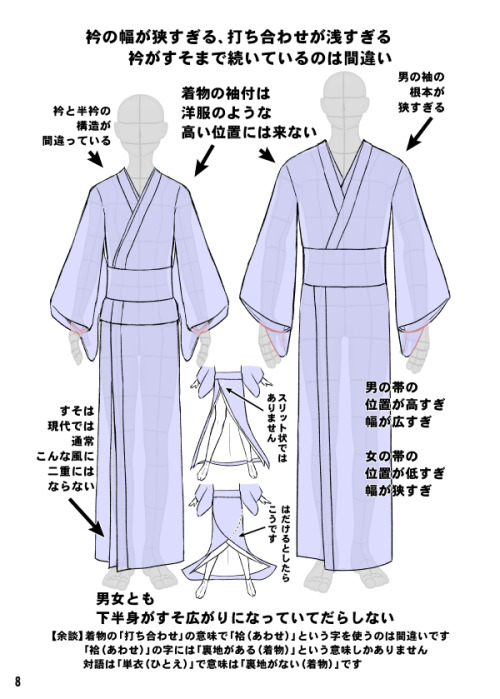
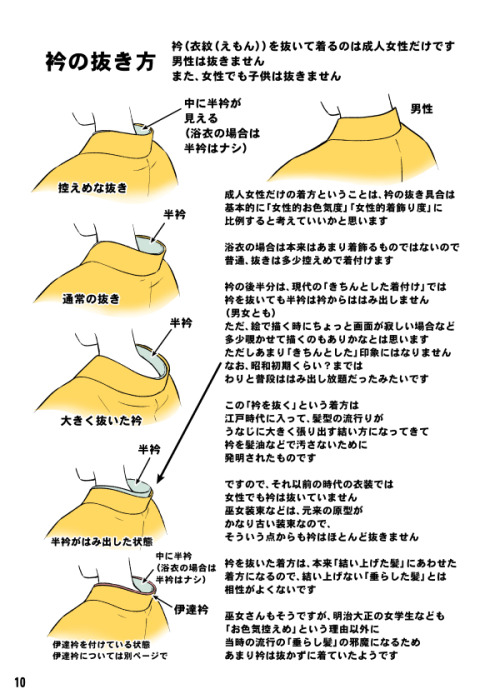

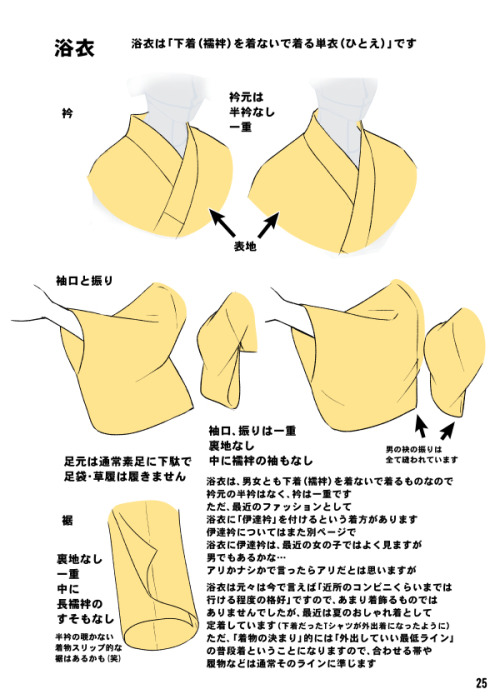
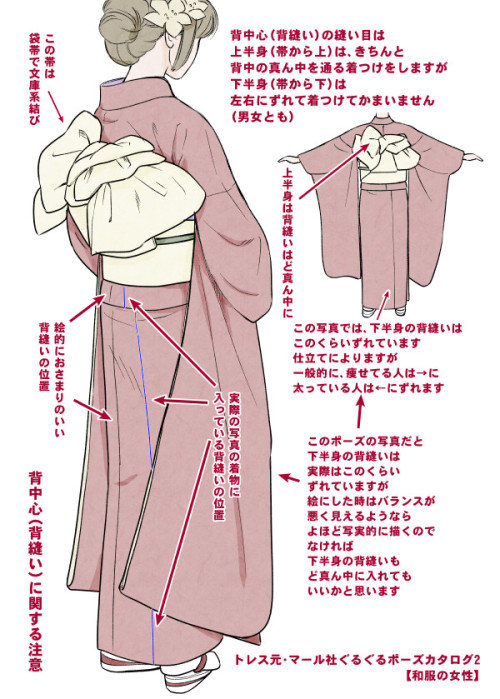
Kimono drawing guide ½, by Kaoruko Maya (tumblr, pixiv, site). Booklet is available in pdf for ¥ 900 here.
Here you can see:
female kimono and yukata (note how the juban underwear peeks when in kimono + how belts differ)
male yukata and kimono (note how the juban underwear peeks when in kimono)
dressing up: male (kimono is not closed yet) and female (kimono closed with datejime belt and ready to put on obi)
differences between female and male kimono once dressed (note how the collars and belts set)
common drawing mistakes (compare with previous picture: shoulders lines are too defined, there is a double hem, collars are narrow, belt is not at the right place etc)
women back collar (the lower the sexier) and men back collar (close to the nape)
back and sleeves differences between men and women
collars and sleeves and view of how kimono drapes around body
Furisode back (long sleeves kimono) and formal furisode obi knot example
Adorei!!


A sushi stitch!

Ponto Cor Delicadezas.

crudistore via Instagram

Wisteria, Ashikaga Flower Park, Japan by Makoto Yoneda via TOKYOCAMERACLUB

Meet the real women behind Hidden Figures.
Before electronic computers were common, NASA hired mathematicians like Katherine Johnson to do the computing. Even after NASA began using IBM computers to plan its missions, Astronaut John Glenn trusted Johnson’s abilities so much that he personally requested she recheck the computer calculations that helped him become the first American to orbit the Earth.
Johnson is one of the women whose work inspired the film Hidden Figures — the true story of three African American mathematicians who helped NASA launch the first Americans into space.
Feeling inspired? See how math might figure into your life. Uncover more about Katherine Johnson →

